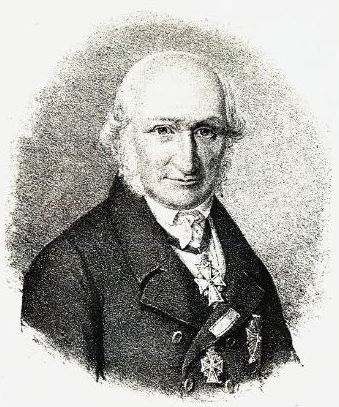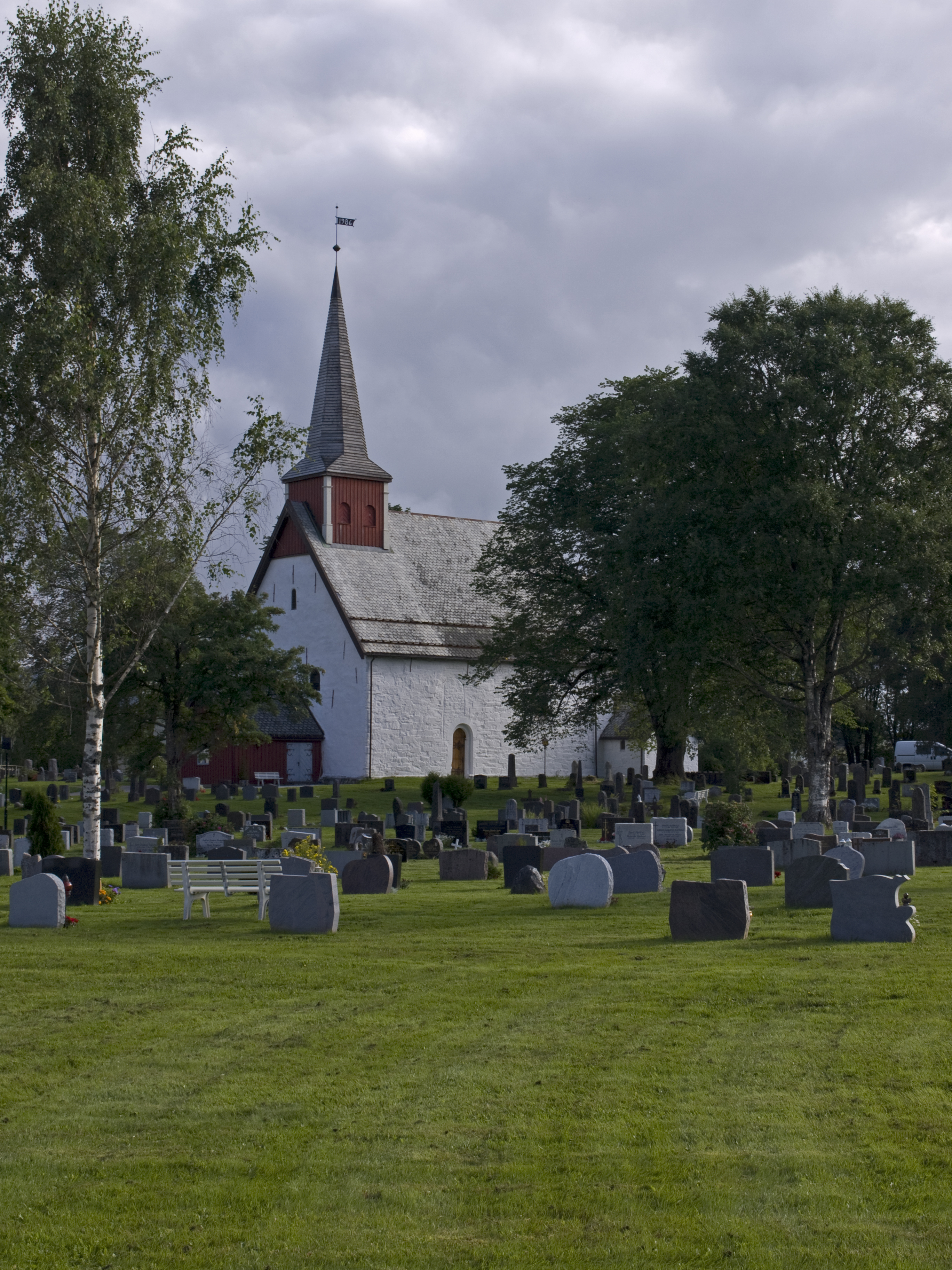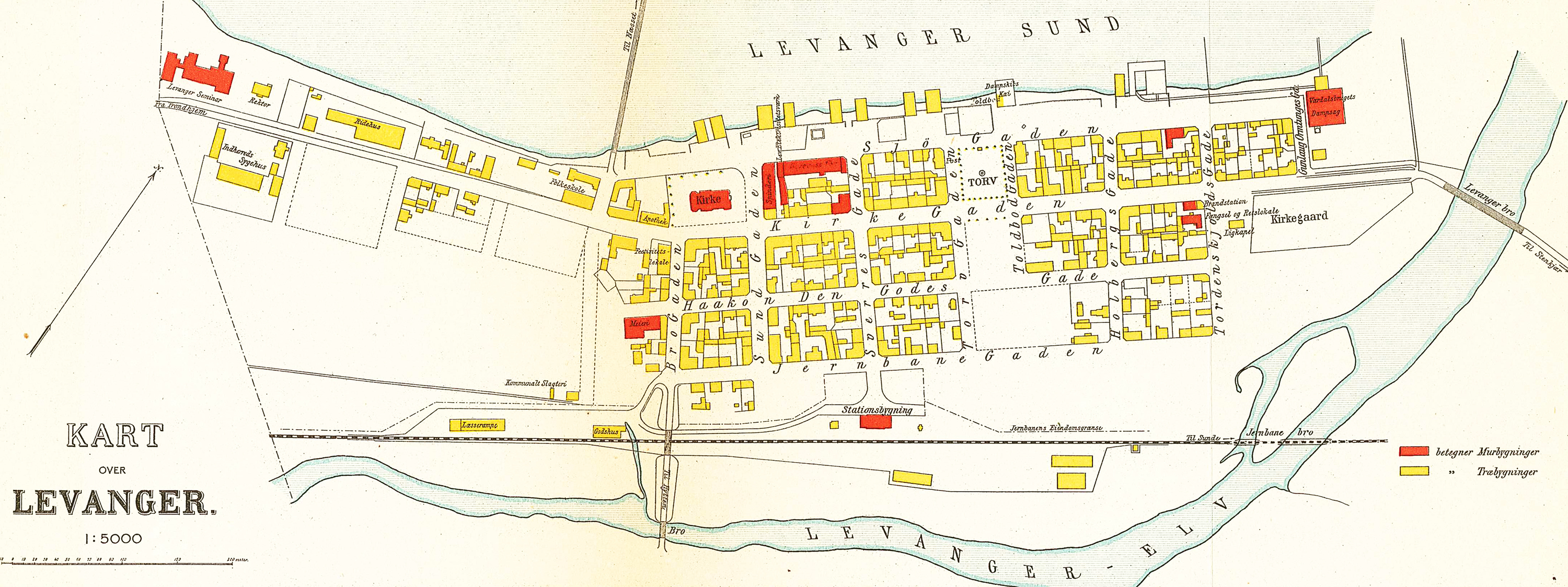|
Trine Skei Grande
Trine Skei Grande (born 2 October 1969) is a Norwegian politician who served as the leader of the Liberal Party of Norway from 2010 to 2020. She also served as Minister of Education from January to March 2020,; and as Minister of Culture and Gender Equality from 2018 to 2020. She was also a member of parliament for Oslo from 2001 to 2021. Early life and education Grande was born in Overhalla on 2 October 1969. She studied economics at introductory level at NTNU and later political science and history at introductory level at the University of Oslo. Prior to entering politics full-time she worked as a part-time journalist, a high school teacher and as a lecturer at Nord-Trøndelag University College. Political career The current Storting is her fourth consecutive term as a member, after first serving as deputy Member of Parliament from 2001 for Minister Odd Einar Dørum, and became Parliamentary Leader of the Liberal Party from 2001 until 2005. She was elected as Member of Pa ... [...More Info...] [...Related Items...] OR: [Wikipedia] [Google] [Baidu] |
Minister Of Education And Research (Norway)
The Royal Ministry of Education and Research ( no, Det kongelige kunnskapsdepartement; short name ''Kunnskapsdepartementet'') is a Norwegian government ministry responsible for education, research, kindergartens and integration. The ministry was established in 1814 as the Royal Ministry of Church and Education Affairs. The current Minister of Education is Tonje Brenna of the Labour Party and the current Minister of Research and Higher Education is Ola Borten Moe of the Centre Party. The department reports to the legislature ( Stortinget). History The ministry was established in 1814, following the dissolution of Denmark–Norway, in which the joint central government administration of the two formally separate but closely integrated kingdoms, had been based in Copenhagen. Originally named the Ministry of Church and Education Affairs, the ministry was the first of six government ministries established in 1814, and was also known as the First Ministry. The other ministries we ... [...More Info...] [...Related Items...] OR: [Wikipedia] [Google] [Baidu] |
Overhalla
Overhalla is a municipality in Trøndelag county, Norway. It is part of the Namdalen region. The administrative centre of the municipality is the village of Ranemsletta (also called ''Overhalla''). Other villages include Melen, Skage, Skogmo, Svalia, and Øysletta. The population is concentrated in the relatively broad Namsen river valley at the center. Public services, agriculture, and tourism are the main sources of income. ''Overhallahus'' (a house building company) and ''Pharmaq'' (a fish vaccine factory) are located in the municipality. The municipality is the 155th largest by area out of the 356 municipalities in Norway. Overhalla is the 207th most populous municipality in Norway with a population of 3,817. The municipality's population density is and its population has increased by 3.8% over the previous 10-year period. General information The municipality of Overhalla was established on 1 January 1838 (see formannskapsdistrikt law). During the 1960s, there were ... [...More Info...] [...Related Items...] OR: [Wikipedia] [Google] [Baidu] |
Conservative Party (Norway)
The Conservative Party or The Right ( nb, Høyre, nn, Høgre, , H; se, Olgešbellodat) is a liberal-conservative political party in Norway. It is the major party of the Norwegian centre-right, and was the leading party in government as part of the Solberg cabinet from 2013 to 2021. The current party leader is former Prime Minister Erna Solberg. The party is a member of the International Democrat Union and an associate member of the European People's Party. The party is traditionally a pragmatic and moderately conservative party strongly associated with the traditional elites within the civil service and Norwegian business life. During the 20th century, the party has advocated economic liberalism, tax cuts, individual rights, support of monarchism, the Church of Norway and the Armed Forces, anti-communism, pro-Europeanism, and support of the Nordic model; over time, the party's values have become more socially liberal in areas such as gender equality, LGBT rights, and immi ... [...More Info...] [...Related Items...] OR: [Wikipedia] [Google] [Baidu] |
Eva Kolstad
Eva Severine Lundegaard Kolstad (born Eva Severine Lundegaard Hartvig; 6 May 1918 – 26 March 1999) was a Norwegian politician and government minister for the Liberal Party. A major figure in the history of liberal feminism and the development of state feminism in the Nordic countries, she pioneered gender equality policies in Norway and at the United Nations. She served as president of the Norwegian Association for Women's Rights (1956–1968), member and vice chairman of the United Nations Commission on the Status of Women (1969–1975), Minister of Government Administration and Consumer Affairs of Norway in Korvald's Cabinet (1972–1973), leader of the Liberal Party (1974–1976) and as Norwegian Gender Equality Ombudsman (1978–1988), the first gender equality ombudsman worldwide. Early life Eva Kolstad was born in 1918 in Halden, Norway. She worked as a bookkeeping teacher before becoming active in the cause of women's rights. Career Kolstad was the leader of the Liberal ... [...More Info...] [...Related Items...] OR: [Wikipedia] [Google] [Baidu] |
Norwegian Association For Women's Rights
The Norwegian Association for Women's Rights ( no, italic=no, Norsk Kvinnesaksforening; NKF) is Norway's oldest and preeminent women's and girls' rights organization and works "to promote gender equality and all women's and girls' human rights through political and legal reform within the framework of liberal democracy." Founded in 1884, NKF is Norway's oldest political organization after the Liberal Party. NKF stands for an inclusive, intersectional and progressive mainstream liberal feminism and has always been open to everyone regardless of gender. Headquartered at Majorstuen, Oslo, NKF consists of a national-level association as well as regional chapters based in the larger cities, and is led by a national executive board. NKF has had a central role in the adoption of all major gender equality legislation and reforms since 1884. NKF aims to represent the interests of all those who identify as girls and women. Its basic principle is that full and equal enjoyment of human ri ... [...More Info...] [...Related Items...] OR: [Wikipedia] [Google] [Baidu] |
Borghild Tenden
Borghild Tenden (born 23 June 1951) is a Norwegian politician for the Liberal Party. She was born in Stryn. After finishing her secondary education in 1970, she studied for two years at the Norwegian School of Sport Sciences and four years at the University of Oslo. Graduating as a teacher, she worked at Valler Upper Secondary School from 1978 to 1993 and also took further courses in law and sociology. From 1993 to 1996 she held a job as adviser to the Liberal Party parliamentary caucus, and from 1996 to 2005 she worked as an informational adviser in Parliament. Standing for political election, she served as a deputy representative to the Parliament of Norway from Akershus from 1997 to 2001, and was elected as a full representative in 2005. She served as the first deputy chair the Standing Committee on Transport and Communications. Although the 2009 parliamentary election ended badly for the Liberal Party, Tenden won a seat in Akershus. She and Trine Skei Grande from Oslo mad ... [...More Info...] [...Related Items...] OR: [Wikipedia] [Google] [Baidu] |
2013 Norwegian Parliamentary Election
Parliamentary elections were held in Norway on 8 and 9 September 2013 to elect all 169 members of the unicameral Storting. The centre-right coalition obtained 96 seats, while the incumbent red–green coalition government obtained 72 seats and the Green Party obtained one. The Labour Party won the largest share (30.8%) of the votes cast, with the Conservatives coming second (26.8%), after increasing its share by 9.6 percentage points. Elections in Norway are held on a Monday in September, usually the second or third Monday, as determined by the king-in-council (i.e. the government). In 2013, the election was held on the second Monday. Each municipality was permitted to open some or all of its polling stations on the day before the nationwide election day. This option was exercised by 206 of the 428 municipalities. The main period for early voting was 12 August to 6 September, it was also possible to make an even earlier vote after 1 July by contacting the municipal governmen ... [...More Info...] [...Related Items...] OR: [Wikipedia] [Google] [Baidu] |
2009 Norwegian Parliamentary Election
Parliamentary elections were held in Norway on 13 and 14 September 2009. Elections in Norway are held on a Monday in September, usually the second or third Monday, as determined by the king. Early voting was possible between 10 August and 11 September 2009, while some municipalities also held open voting on 13 September. Voters elected 169 members for the Storting, each for a four-year term. Voter turn-out in the 2009 general elections was 76.4%. Candidates were elected on party lists in each of the 19 counties. The political parties nominated candidates for these lists during late 2008 and early 2009. The party lists had to be registered by 31 March 2009. Although the opposition received more votes, the governing Red-Green Coalition obtained more seats in parliament. This allowed Jens Stoltenberg to continue as prime minister. Further to the right, both the Conservative Party and Progress Party increased their number of seats in parliament. The centrist Liberal Party failed t ... [...More Info...] [...Related Items...] OR: [Wikipedia] [Google] [Baidu] |
2005 Norwegian Parliamentary Election
Parliamentary elections were held in Norway on 11 and 12 September 2005. Dieter Nohlen & Philip Stöver (2010) ''Elections in Europe: A data handbook'', p1438 The result was a victory for the opposition centre-left Red-Green Coalition, which received 48.0% of the votes and won 87 out of 169 seats, dominated by the Labour Party's 61 seats. The three-party centre-right government coalition won 44 seats and the right wing Progress Party won 38, becoming the largest opposition party. Voter turnout was 77.1%, an increase of 2 percentage points compared to the 2001 elections. Campaign Before the election, Prime Minister Kjell Magne Bondevik led a coalition government consisting of the Conservative Party (38 seats in parliament), Christian People's Party (22 seats and supplied the prime minister) and the Liberals (2 seats), with the conditional support of the right-wing Progress Party. Between them, the three main parties of the coalition held 62 seats in the outgoing 165-seat ... [...More Info...] [...Related Items...] OR: [Wikipedia] [Google] [Baidu] |
Nord-Trøndelag University College
Nord-Trøndelag University College (Norwegian: Høgskolen i Nord-Trøndelag) or HiNT was a Norwegian university college located throughout the county of Nord-Trøndelag. HiNT had about 5,500 students and 440 employees in 2013. In January 2016, the university was merged with Nesna University College and the University of Nordland, becoming Nord University. The school offered higher education within nursing, teaching, business administration, public administration, pharmacy, agriculture, engineering and information technology. Master degrees were offered within gymnastics (since 1971), interdisciplinary health studies and knowledge management, while a Master of Science in public administration was offered in cooperation with Trondheim Business School and Copenhagen Business School. Prior to the consolidation, its campuses were located in Levanger, Namsos, Steinkjer and Stjørdal, with the administration in Steinkjer. The college was created in 1994 as a merger between a number ... [...More Info...] [...Related Items...] OR: [Wikipedia] [Google] [Baidu] |
University Of Trondheim
A university () is an institution of higher (or tertiary) education and research which awards academic degrees in several academic disciplines. Universities typically offer both undergraduate and postgraduate programs. In the United States, the designation is reserved for colleges that have a graduate school. The word ''university'' is derived from the Latin ''universitas magistrorum et scholarium'', which roughly means "community of teachers and scholars". The first universities were created in Europe by Catholic Church monks. The University of Bologna (''Università di Bologna''), founded in 1088, is the first university in the sense of: *Being a high degree-awarding institute. *Having independence from the ecclesiastic schools, although conducted by both clergy and non-clergy. *Using the word ''universitas'' (which was coined at its foundation). *Issuing secular and non-secular degrees: grammar, rhetoric, logic, theology, canon law, notarial law.Hunt Janin: "The university ... [...More Info...] [...Related Items...] OR: [Wikipedia] [Google] [Baidu] |
University Of Oslo
The University of Oslo ( no, Universitetet i Oslo; la, Universitas Osloensis) is a public research university located in Oslo, Norway. It is the highest ranked and oldest university in Norway. It is consistently ranked among the top universities in the world and as one of the leading universities of Northern Europe; the Academic Ranking of World Universities ranked it the 58th best university in the world and the third best in the Nordic countries. In 2016, the Times Higher Education World University Rankings listed the university at 63rd, making it the highest ranked Norwegian university. Originally named the Royal Frederick University, the university was established in 1811 as the de facto Norwegian continuation of Denmark-Norway's common university, the University of Copenhagen, with which it shares many traditions. It was named for King Frederick VI of Denmark and Norway, and received its current name in 1939. The university was commonly nicknamed "The Royal Frederic ... [...More Info...] [...Related Items...] OR: [Wikipedia] [Google] [Baidu] |





